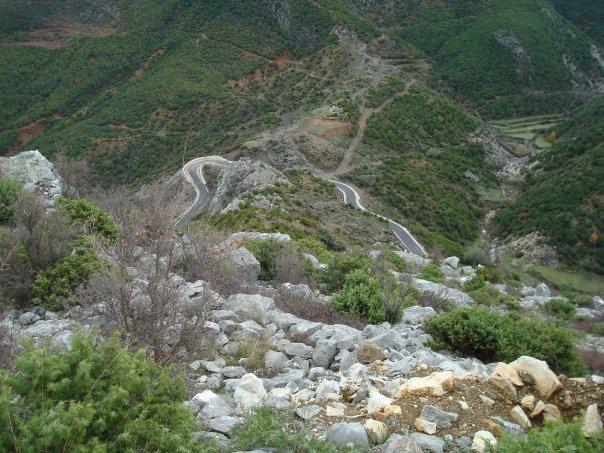In the Middle Ages, the village of Drisht was called Drivasti and is one of the largest villages in the administrative unit of Postribë. It lies northeast of the city of Shkodra, in the so-called Mbishkodra Zone. This village has a strategic position for the development of all types of tourism such as: historical and cultural tourism, natural and water tourism, tourism of special interest such as archeology, speleology, etc. Some of the interesting points to visit are: Drishti Castle (This ruined 13th Century Castle is located on a hilltop 800m above sea level. The ruins of the castle itself contains the remains of 11 houses, and below the ruins of the castle, and above the modern village of Drisht are further archeological remains of late-Roman and medieval Drivastum); Postriba Museum; The middle bridge; Statutes of Drishti; Cyrus Canyon and River and the Strict Bridge Canyon.
This village due to its nature, fresh air, welcoming people, living in quiet is very welcoming for the tourists. In addition to nature, products an characteristic old houses, he is the bearer of a rich history dating back to the Middle Ages. During th
e Roman period Drivastum, together with Shkodra and Diocletian (an Illyrian city northeast of Lake Shkodra), were the three main cities of the province Roman Prevalitana. The village has always been attractive as the Middle Bridge itself and the Kir River were important destinations for Albanian and foreign tourists. This is noticed during the summer season, when the weather is warm and along the river there are locals and tourists who bathe, kayak, relax or just go hiking, also enjoy the nature on offer.

